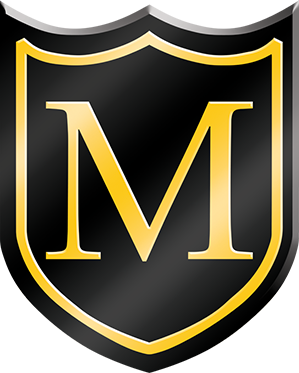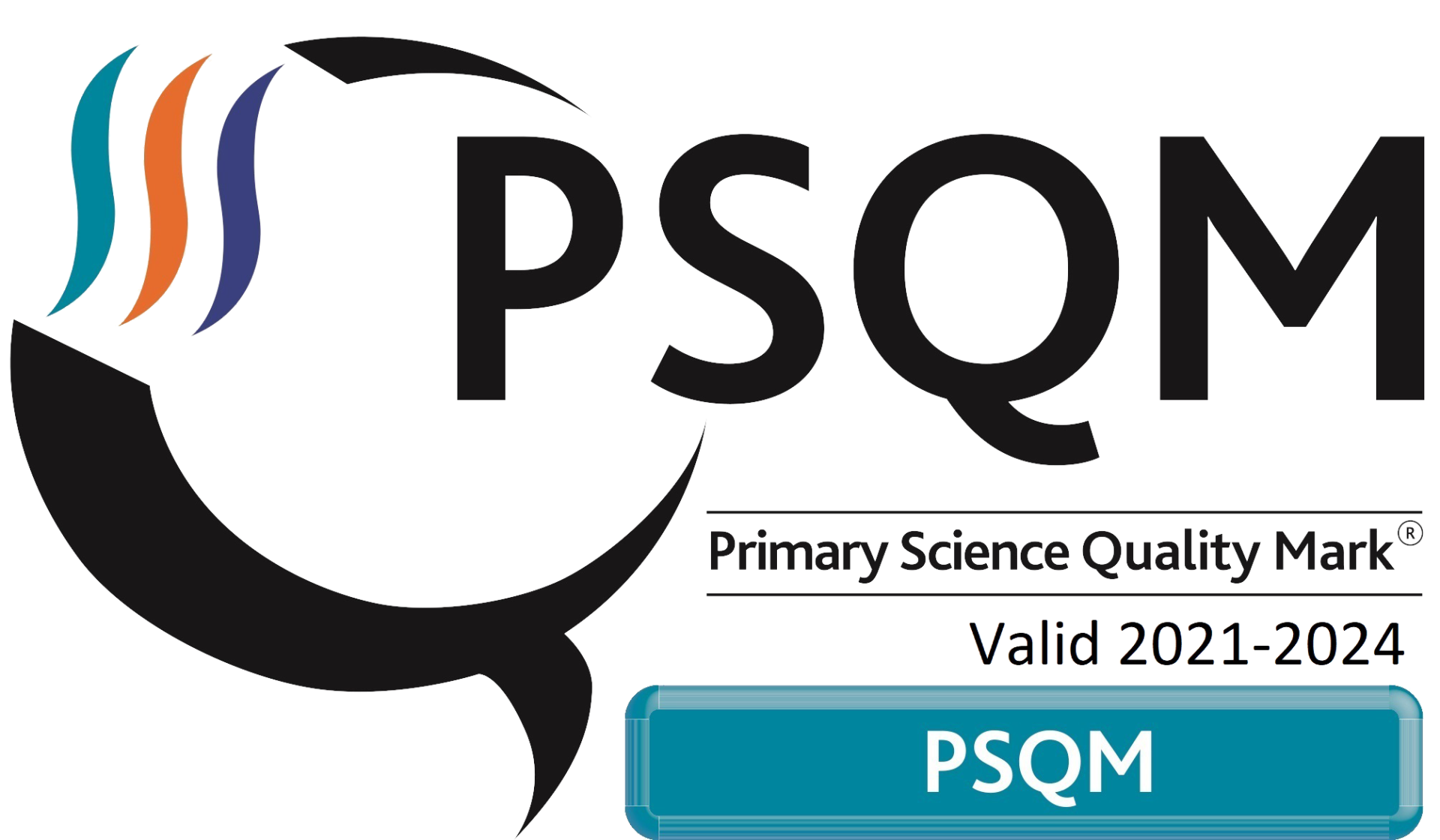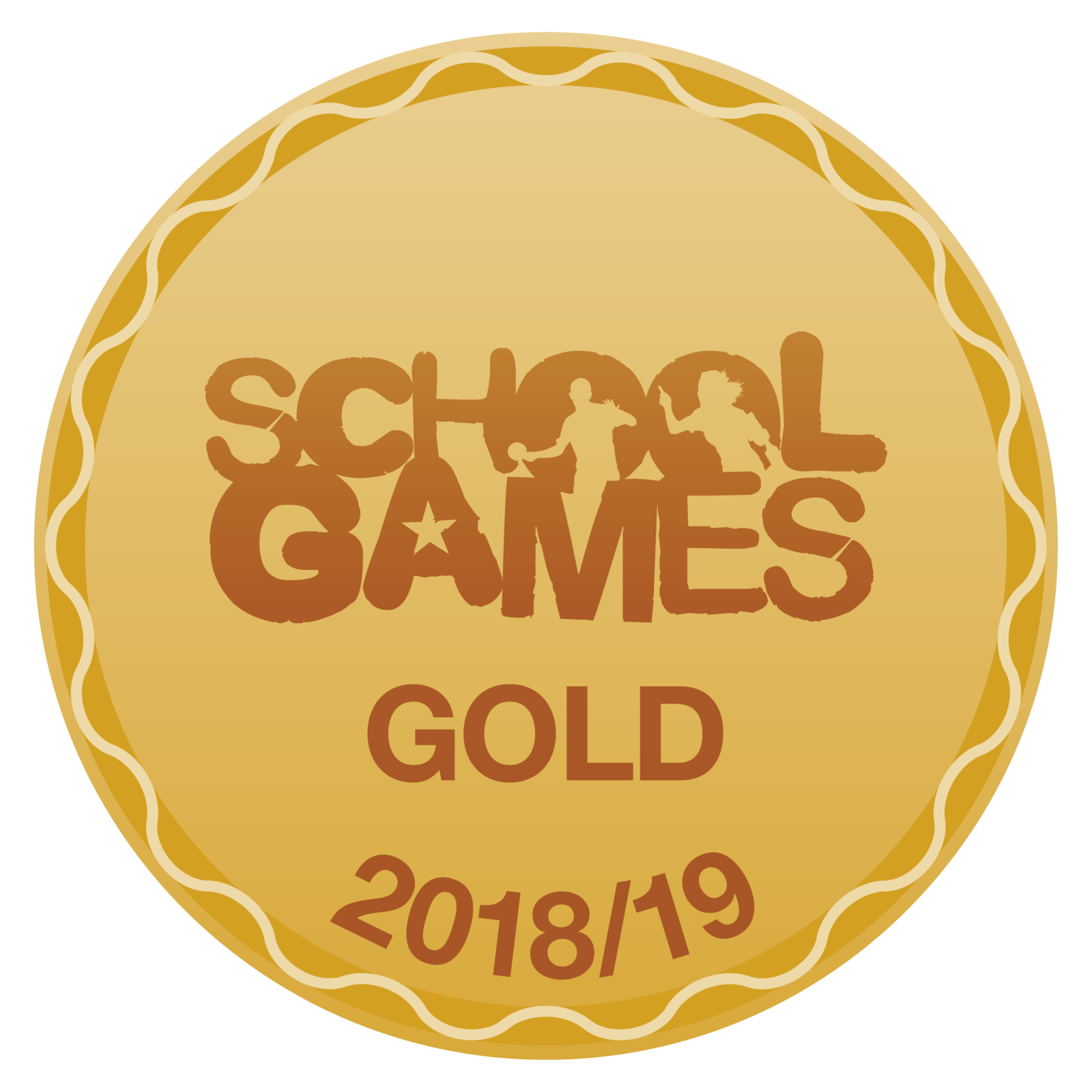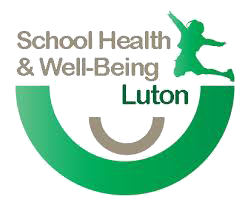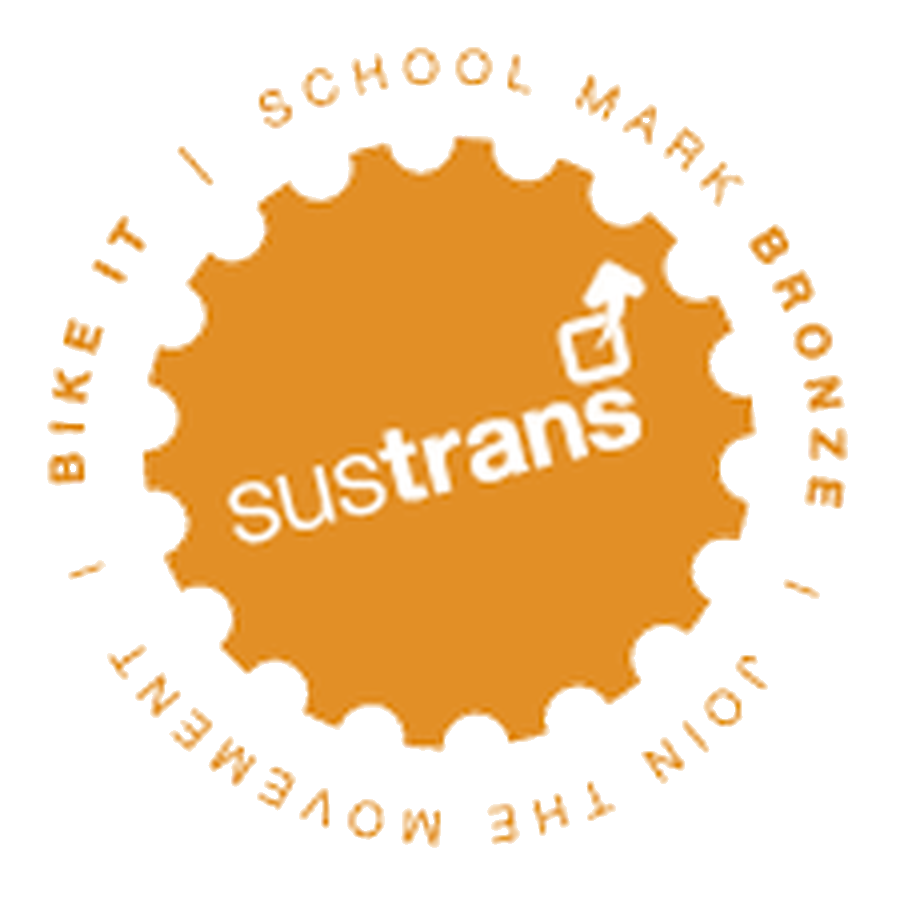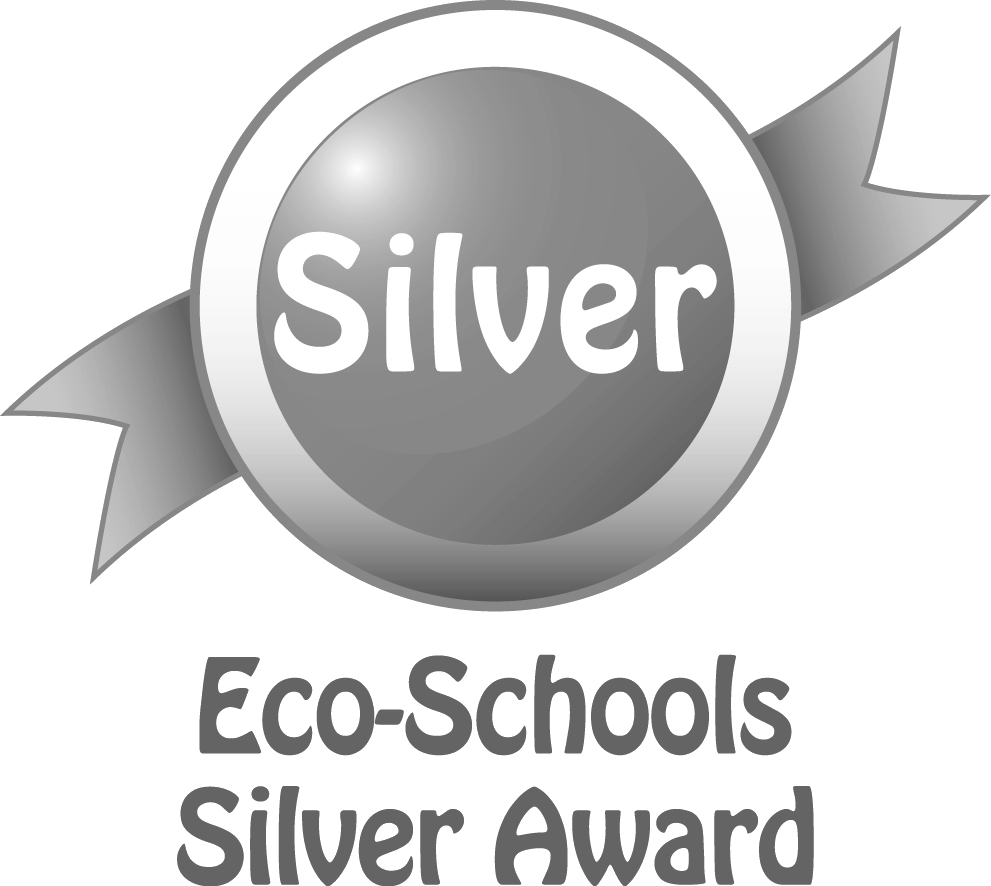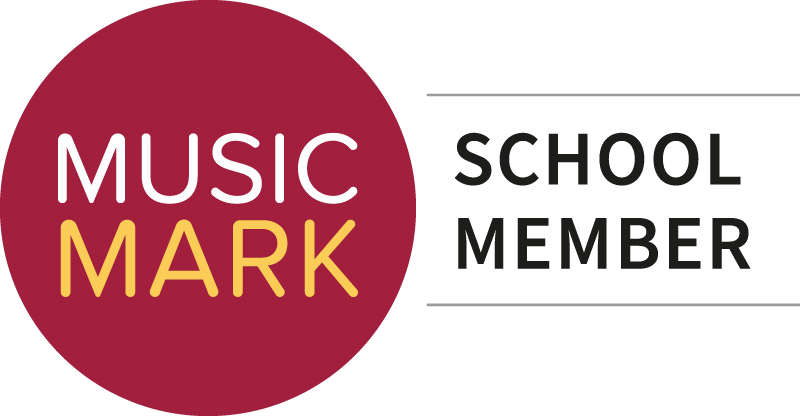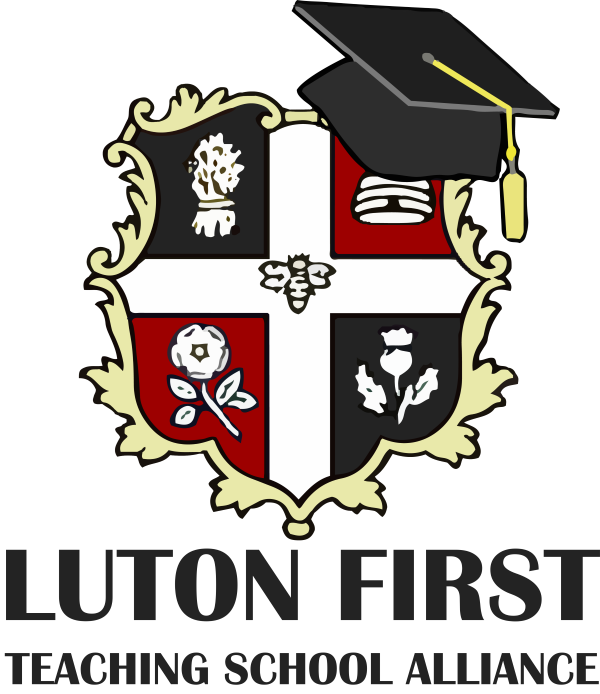Design Technology
Curriculum Intent
The Meads is committed to meeting the requirements of the primary National Curriculum, underpinned by our core values of Resilience, Respect, Responsibility, Kindness and Joy. Design and Technology prepares children to take part in the development of tomorrow’s rapidly changing world. Creative thinking encourages children to make positive changes to their quality of life. The subject encourages children to become autonomous and creative problem-solvers, both as individuals and as part of a team. It enables them to identify needs and opportunities and to respond by developing ideas and eventually making products and systems. Through the study of Design and Technology children combine practical skills with an understanding of aesthetic, social and environmental issues, as well as functions and industrial practices. This allows them to reflect on and evaluate present and past design and technology, as well as its uses and its impacts.
Curriculum Coverage
EYFS
Autumn 1 – Do you want to be friends?
Milk bottle elephants
- Using junk modelling, make a milk bottle Elmer.
- With support, select colours for a design.
- Using glue to join materials in a collage effect.
- Orally explain what they like about their design.
|
Vocabulary |
|
Friends, junk, modelling, milk bottle, join, colours, materials, collage |
Making Elmer biscuits
- Discuss and follow hygiene procedures before beginning their cooking activity
- Make biscuits following a recipe with support
- Begin to understand some of the tools, techniques and processes involved in food preparation, e.g. measuring, sieving, mixing, rolling and cutting
- Decorate cooked biscuits with icing, selecting coloured sweets.
- Orally explain what they like about their biscuit – taste, design etc.
|
Vocabulary |
|
cooking, biscuit, cooker, scales, measure, sieve, knead, decorate, colour, pattern
|
Autumn 2 – Amazing Autumn and Wonderful Winter
Making Stickman (Forest Schools Activity)
- Select materials for a purpose, cut to size as needed with support
- Practise wrapping, cutting, gluing, tying, twisting with a variety of materials such as wool, felt, fabric, pipe-cleaners
- Learn to whittle with support
- Draw features such as a face
- Orally explain what they like about their design
|
Vocabulary |
|
Lop, loppers, carve, whittle, combine, tie, twist |
Gruffalo Crumble Cake
- Discuss and follow hygiene procedures before beginning their cooking activity
- With support, measure and prepare ingredients including crushing biscuits, weighing ingredients.
- Begin to understand some of the tools, techniques and processes involved in food preparation, e.g. stirring, mixing, pouring and blending some ingredients during cooking activities.
- Orally explain what they like about their crumble – taste, texture etc.
|
Vocabulary |
|
Cooking, crumble, fridge, cake, measure, prepare, crush, biscuits, ingredients, wash, soap |
Spring 1 – Will you read me a story?
Models for traditional characters
- Experiment designing and creating models using a variety of materials and medias.
- Select resources for a purpose including junk modelling and construction kits
- Plan and make models for a purpose such as a new chair for Baby Bear, a bridge for The Gingerbread Man, a house for The Three Little Pigs.
- In addition, create Easter Nests – measuring, preparing and combining ingredients.
- Orally explain what they like about their design
|
Vocabulary |
|
Junk modelling, construction kit, purpose, chair, bridge, house, Easter, nests, measure, prepare, combine, ingredients, melt, set, refrigerator |
Spring 2 – Do lions live on farms?
Create a large-scale collaborative collage display
- Learn about British Farm Animals and African Game Animals and discuss their features.
- Measure length and size of materials and fabric before cutting, ensuring pieces will fit on to pre-drawn outline of the animals
- Join and combine materials including scrunching, fringing, folding, cutting wool to length, attaching materials
- Orally explain what they like about their design
|
Vocabulary |
|
Join, scrunching, fringing, folding, cutting, wool, length, creative, scale, animals, |
Summer 1 – Why do ladybirds have spots and why are carrots orange?
Making Fruit Salad
- Discuss and follow hygiene procedures before beginning their cooking activity
- Use prior knowledge to compile some of the tools for food preparation.
- Recap techniques and processes involved in food preparation. E.g. taking turns stirring the food mixtures
- With support, pupils create a fruit salad – learning how to use a knife safely to cut fruit to make a fruit salad.
- Begin to understand some of the tools, techniques and processes involved in food preparation, e.g. stirring, mixing, pouring and blending some ingredients during cooking activities
- Orally explain what they like about their fruit salad – taste, texture etc.
|
Vocabulary |
|
Hygiene, wash, hands, soap, food, fruit, salad, healthy, cut, safe, chop |
Summer 2 – Can we go on an adventure?
Making a toy train
- Design and label a diagram of a train
- Select resources for a purpose
- Join materials
- Learn to create and use moving parts, e.g. wheels that turn, doors that open
- Adapt designs when making
- Evaluate the finished model – What went well? What would you change?
|
Vocabulary |
|
Plan, design, label, idea, join, move, experiment, change, improve, tools, |
Key Stage 1
Through a variety of creative and practical activities, pupils should be taught the knowledge, understanding and skills needed to engage in an iterative process of designing and making. They should work in a range of relevant contexts [for example, the home and school, gardens and playgrounds, the local community, industry and the wider environment].
When designing and making, pupils should be taught to:
Design
- design purposeful, functional, appealing products for themselves and other users based on design criteria
- generate, develop, model and communicate their ideas through talking, drawing, templates, mock-ups and, where appropriate, information and communication technology
Make
- select from and use a range of tools and equipment to perform practical tasks [for example, cutting, shaping, joining and finishing]
- select from and use a wide range of materials and components, including construction materials, textiles and ingredients, according to their characteristics
Evaluate
- explore and evaluate a range of existing products
- evaluate their ideas and products against design criteria
Technical knowledge
- build structures, exploring how they can be made stronger, stiffer and more stable
- explore and use mechanisms [for example, levers, sliders, wheels and axles], in their products.
Year 1
Autumn 1 – The Toy Story - Making a peg doll toy
- Forest school opportunity – pupils to access woodland facilities to use whittling to create a peg doll, followed by decorating their character. Pupils to then take turns to tell a story using their character.
- Explore, compare and contrast life between rich and poor children in the past
- Identify the different toys they played with.
- Design and plan making a peg doll
- Gather a range of resources, such as scraps of material, ribbon or wool,
- Paint or draw a face onto the top of the peg.
- Decorate peg doll using glue to join scraps of fabric.
- Evaluate peg doll, orally explaining what can be improved
|
Vocabulary |
|
Victorians, rich and poor children, toys, homemade, alternative, scrap materials, plan, design, wooden dolly peg, Felt tips, Fabric, Decoration, sequins, wool, glue, scissors |
Spring 2 – Victorious Victorians - Carriage Making
- Investigate wheels, axles and chassis and construct moving objects.
- Using construction kits with wheels and axles, experiment making a product that moves
- Plan and create a model moving carriage, using a box, wheels and axle.
- With support, mark out, hold, cut and join materials and components correctly.
- Try out different axle fixings and their strengths and weaknesses.
- Make vehicles with construction kits which contain free running wheels.
- Use a range of materials to create models with wheels and axles e.g. tubes, dowel, cotton reels.
- Use finishing techniques to decorate carriages using paint, joining materials.
- Evaluate product using evaluation guides.
|
Vocabulary |
|
vehicle, wheel, axle, axle holder, chassis, body, carriage assembling, cutting, joining, shaping, finishing, fixed, free, moving, mechanism names of tools, equipment and materials used design, make, evaluate, purpose, user, criteria, functional |
Summer 2 - Computing – We are treasure hunters/We are publishers – Designing a board game
- Understand the concept of the game ‘Snakes and ladders’
- Create a new theme for an old game – Snakes and Ladders
- Plan and design game, replacing snakes and ladders with other obstacles such as cat and mouse or dragons and dungeons.
- Draw a simple design and add annotations
- With support, measure and mark dimensions of the board
- Cut rectangular or square board and decorative pieces
- Join pieces to create 3D parts onto board using glue
- Apply finishing techniques to board using crayons, felt and fabric.
- Test and evaluate board game
|
Vocabulary |
|
Three-dimensional (3D) model, board game, modelling, junk, plan, design, evaluate, recycled, materials, mechanism, slider, wheel, lever, theme, instructions. |
Year 2
Autumn 2 – Street Detectives – Building a 3D model of Luton – Junk Modelling
- Research and identify the buildings/features of a town
- Study an area of Luton, exploring different parts of the area.
- Make simple drawings and label parts of the area in focus.
- Begin to select tools and materials; use vocabulary to name and describe them.
- Measure and cut parts of the town using safety scissors.
- Create the 3D town or village using junk modelling, using a variety of materials – Lego, straws, newspaper and masking tape, cardboard, junk modelling
- Assemble & join components by using glue, masking tape or glue gun.
- Evaluate town or village and its different features.
|
Vocabulary |
|
Luton, research, landscape, label, sketch, design, junk modelling, three-dimensional (3D), sculpture, material, river, land, buildings, mechanisms, evaluate
|
Spring 2 – Up, Up and Away! History – Making Hot Air Balloons models
- Investigate features of a hot air balloon.
- Plan and design a model recreation of Montgolfier hot air balloons using papier mache.
- Cut and join newspaper squares onto an inflated balloon.
- Apply three coats of glue to strengthen product,
- Measure, mark and cut a rectangular corrugated cardboard piece to form basket.
- Apply joining technique to stick the ends together and manipulate into an oval shape.
- Apply finishing techniques to paint and decorate basket and the hot air balloon.
- Evaluate their product throughout the construction process
|
Vocabulary |
|
hot air balloon, hot air, gas, density, prototypes, pressure, gravity, test, flight, papier mache, cut, saw, join, strengthen, basket, evaluate. |
Summer 1 – Land Ahoy – Making Puppets & Seaside Picnic
- Study a range of existing puppets and identify how they work, what their purpose is and how they are made.
- Test and identify the suitability of materials ensuring they are fit for purpose
- Investigate ways of joining materials and strengthening their product.
- Create a design specification for their puppet, thinking about the end user.
- Measure, mark and cut fabric for their puppet, with support.
- Apply joining techniques, such as stitching, stapling, gluing, safety pinning, or taping.
- Use appropriate finishing techniques to decorate puppet
- Evaluate final product
For preparing seaside picnic food, the pupils will:
- Develop food vocabulary based on taste, smell, texture and feel
- Group different ingredients into their food families such as fruit and vegetables
- Recap how to work safely and the need for hygiene
- Understand that different foods are needed in order to make a balanced diet.
- Form a picnic dish using knowledge of a balanced diet.
- Cut, peel, grate and chop a variety of ingredients in order to put them together
- Evaluate picnic dish
|
Vocabulary |
|
decorate, design, puppet, fabric, glue, model, safety pin, staple, stencil, template, cutting, materials, joining
diet, balanced diet, sandwiches, ingredients, nutrients, fruits, vegetables, packaging, hygiene, cut, peel, chop. |
Key Stage 2
Through a variety of creative and practical activities, pupils should be taught the knowledge, understanding and skills needed to engage in an iterative process of designing and making. They should work in a range of relevant contexts [for example, the home, school, leisure, culture, enterprise, industry and the wider environment]. When designing and making, pupils should be taught to:
Design
- use research and develop design criteria to inform the design of innovative, functional, appealing products that are fit for purpose, aimed at particular individuals or groups
- generate, develop, model and communicate their ideas through discussion, annotated sketches, cross-sectional and exploded diagrams, prototypes, pattern pieces and computer-aided design
Make
- select from and use a wider range of tools and equipment to perform practical tasks [for example, cutting, shaping, joining and finishing], accurately
- select from and use a wider range of materials and components, including construction materials, textiles and ingredients, according to their functional properties and aesthetic qualities
Evaluate
- investigate and analyse a range of existing products
- evaluate their ideas and products against their own design criteria and consider the views of others to improve their work
- understand how key events and individuals in design and technology have helped shape the world
Technical knowledge
- apply their understanding of how to strengthen, stiffen and reinforce more complex structures
- understand and use mechanical systems in their products [for example, gears, pulleys, cams, levers and linkages]
- understand and use electrical systems in their products [for example, series circuits incorporating switches, bulbs, buzzers and motors]
- apply their understanding of computing to program, monitor and control their products.
Year 3
Autumn 1 – Long, Long Ago…. – Building an Iron Age round house shelter
- Research roundhouses and Identify their features.
- Select appropriate materials and equipment fit for purpose, explaining choices.
- Measure and mark out lines to establish size and dimensions within planning.
- Cut card using safety scissors to form the base, model and roof.
- Begin to assemble, join and combine materials and components with some accuracy using a glue gun.
- Join materials and begin to make strong structures - Use strips of wattle to thread between the sticks.
- Apply a range of finishing techniques with some accuracy - Join roof to the round house and attach thin sticks to the roof using glue gun (with support).
- Evaluate
|
Vocabulary |
|
Roundhouse, shelters, research, plan, design, build, construct, evaluate, tribal, scale, pre-history, hunter-gatherer, settlement, archaeologists, settlements, civilisation, |
Spring 1– Computing- We are Programmers/ We are Bug-fixers- Seasonal Food
- Understand what seasonal food is
- Use a variety of techniques to bake a cake safely
- Understand how seasonal fruits can be preserved and the safety measures that need to be followed
- Understand when British vegetables are in season and why are they an important part of a healthy diet
- Know what nutrients can be found in fish caught and reared in Britain
- Explain why it is beneficial to eat seasonal food.
|
Vocabulary |
|
Seasonal food, healthy diet, nutrients, techniques, preserve, hygiene, recipe, |
Summer 2 -Computing – We are who we are/ We are Opinion Pollsters Design and create a board game
- Plan and design a board game using knowledge of magnetism
- Research existing designs and create a design brief
- Decide on appropriate materials to ensure the product will work effectively (with support).
- Draw and label diagrams of the product explaining how it works
- Measure and cut accurately using scissors.
- Create 3D models using cardboard and appropriate 2D templates
- Choose the most appropriate way of joining parts and to incorporate magnets in the design
|
Vocabulary |
|
build, test, construct, evaluate, design brief
|
Year 4
Autumn 2 – Road Trip USA – Making a cheese burger
- Learn about different classic American favourite dishes.
- Discuss ingredients needed to make a cheeseburger and cheese cake.
- Recap the importance of hygiene when preparing and making food.
- Identify and learn how to use a heat source appropriately.
- Measuring ingredients with some accuracy.
- Apply a range of cooking techniques such as peeling, chopping, slicing, grating,
- Mixing, spreading.
- Evaluate dishes identifying any strengths and any areas for development.
|
Vocabulary |
|
American, healthy & varied diet, meal plan, ingredients, calories, recipe, saturated fat, adding/substituting, griddling, steaming, poaching, seasonal, produce, sustainability, health & safety, hygiene, Independence Day |
Spring 2 - Anglo Saxons – What Is Beyond the Horizon - Making Pouches
- Study pouches used in Anglo Saxon times and the purpose of it.
- Research the qualities required to make a strong, usable pouch - material and stitching quality.
- Measure and cut fabric with some accuracy.
- Learn how to complete two main types of stitch (running stitch and back stitch)
- Add a finishing technique to form Anglo-Saxon inspired design, based on runes from the runic alphabet.
- Evaluate and assess how effectively pouches work.
|
Vocabulary |
|
Anglo Saxon, design, plan, accuracy, Fabric, knot, pouch, running stich, back stitch, sew, shape, measure, stencil template, evaluate |
Summer 2 – Computing – We are Bloggers/ We are Artist/We are Meteorologists – Creating Light Boxes
- Explore examples of Light Boxes and Identify key components needed for a circuit: a switch, wires, a bulb and batteries.
- Plan light boxes, using a diagram to represent the working circuit and its components.
- Cut strips of wood to create a frame, using hacksaws to cut.
- Join frames together using a glue gun to form a box.
- Use electrical pliers to cut and strip the wires.
- Join and fasten components to the base of the box together using glue and tape.
- Apply finishing techniques to decorate boxes, using coloured pens/pencils, paint, glitter, coloured paper and fabric.
- Evaluate a product against the original design specification.
|
Vocabulary |
|
Circuit, bulb, wire, battery, switch, light box, components, electricity, plan, make, evaluate, decorate |
Year 5
Spring 1 We are game developers/ We are cryptographers/We are architects – Constructing a bird house
- Research of a bird house and how it is suitable for a bird to nest in.
- Discuss the materials needed and decide on the size/dimensions
- Plan and design product using diagrams
- Accurately measure and cut wood
- Join pieces of wood together to secure frame
- Apply finishing technique to decorate bird house.
- Evaluate finished product
|
Vocabulary |
|
Bird House, Strong, structure, support, stable, resistant, weather, watertight, nest, accuracy, construct, planning, measure, woodwork, CAD, three dimensional (3D), diagrams, size, dimensions |
Summer 1 – The Norse Chronicles – Building a model long ship
- Research and understand the purpose of Viking long ships.
- Plan and design creating the model long ship, identifying its features and deciding on its dimensions.
- Consider a range of joining techniques to attach parts together – such as glue, tape or Blue tac.
- Measure, cut and join parts of the model ship.
- Decide on where to test product to see if it floats and sails.
- Adjust and adapt product if it does not sail.
- Evaluate product, explaining what worked and what can be improved for next time.
|
Vocabulary |
|
Viking, boats, float, sail, hull, carve, prowl, test, evaluate, construction, keel, oar, figurehead, navigate |
Summer 2 – We are web developers/We are adventure gamers/ We are VR designers Food Technology Vegetable Lasagne & Fruit Crumble
- Study various recipes for lasagne and fruit crumble
- Recap the principles of food hygiene and safety.
- Prepare the ingredients carefully and accurately;
- Cook the mince/alternative, with the vegetables and simmering until cooked;
- Make the white sauce – recap key points and food science;
- Assemble the lasagne;
- Use the hob safely and maintain a strong awareness of hygiene and safety when preparing food.
- Evaluate the dish.
|
Vocabulary |
|
Lasagne, food, hygiene, safety, ingredients, accuracy, method, recipe, quantity, flavour, unit of measurement, evaluation |
Year 6
Autumn 1 – Our Darkest Hour-World War II – Building a model of an Anderson Shelter
- Understand purpose of Anderson shelters and how they were built to protect people during the Blitz in World War 2.
- Plan and design an Anderson shelter taking note of its specific features.
- Compile a range of materials that could be used to construct a structurally sound model Anderson shelter e.g. corrugated cardboard, wood strips, artificial grass or green overlay, natural resources such as soil, sticks or stones.
- Consider scale and dimensions
- Accurately measure, cut and join frame.
- Create camouflaging for shelter.
- Evaluate their products and show assess how effective their design would have been during World War 2.
|
Vocabulary |
|
World War 2, Anderson shelters, research, plan, design, build, construct, evaluate, framework, scale, wooden frame, measurement, accuracy, glue guns, camouflage, Birdseye view, blitz, corrugated card |
Spring 1 – Computing -We are AI developers/We are toy makers – Creating a Suitcase with an alarm system
- Create a suitcase with a circuit attached inside which will trigger a buzzer when someone is trying to open it.
- Plan and design how to make a suitcase, considering its features and functionality
- Use a shoe box to form the suitcase and decorate the exterior.
- Build a circuit using a battery, buzzer, switch and attach inside the suitcase using tape and a paper clip.
- Test alarm systems, using trial and improvement to detect problems and how to resolve their issues.
- Evaluate product, considering how well the alarm worked.
|
Vocabulary |
|
plan, design, diagram, label, suitcase, alarm, circuit, buzzer, switch, tape, paperclip, wire, construct, trial and improvement, detect, evaluate, teamwork |
Spring 2 – The Magnificent Mayans – Mayan Weave (Textiles)
- Study the technology used by the Mayan for weaving and the importance of weaving in the past and present.
- Draw diagrams of woven fabric, compare designs and purposes for woven fabric.
- Plan and build a cardboard loom
- Plan and design a Mayan weave
- Learn to weave using a simple loom.
- Use a range of weaving tools and materials e.g. Thread, loom, cardboard
- Continually assess and make improvements to product
- Evaluate final product.
|
Vocabulary |
|
Ancient Mayans, weaving, loom, wool, cotton, tension, thread, textile, natural dyes, chemical dyes, synthetic textiles, vibrant, intricate designs, warp/weft, warp yarns, huipil. |

